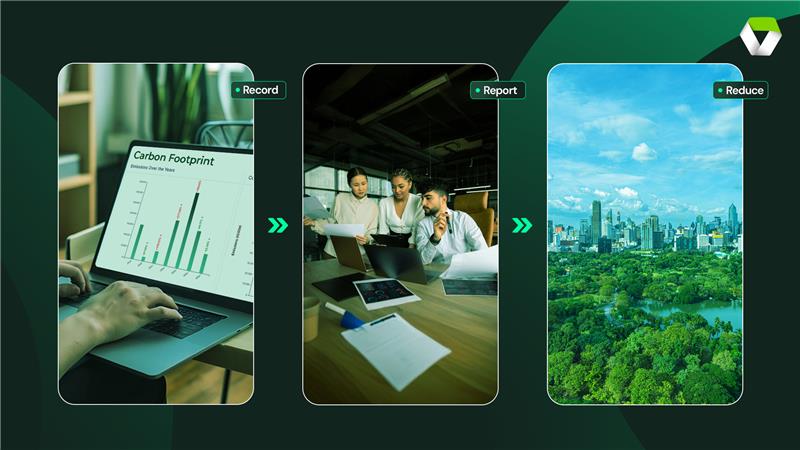Navigating the Emissions Tracking Maze: Overcoming Common Challenges for Sustainable Success
Emissions tracking is a critical component of modern sustainability efforts, providing businesses with the data needed to make informed decisions and reduce their environmental impact. However, this journey is not without its challenges. In this blog post, we'll explore common hurdles encountered in emissions tracking and practical strategies to overcome them, ensuring a smoother path toward a greener future.
Challenge 1: Data Fragmentation
The Challenge: Data related to emissions often resides in disparate systems, making consolidation a complex task. This fragmentation hinders the ability to obtain a holistic view of an organization's carbon footprint.
Overcoming the Challenge:
- Integrated Software Solutions: Implement emissions tracking software that can seamlessly integrate with existing systems, consolidating data from various sources.
- Standardized Data Formats: Standardize data formats across different systems to enhance compatibility and simplify the integration process.
Challenge 2: Incomplete Reporting from Suppliers
The Challenge: Obtaining complete and accurate emissions data from suppliers can be challenging. Suppliers may lack standardized reporting, leading to gaps in the overall emissions picture.
Overcoming the Challenge:
- Engage in Collaborative Efforts: Foster open communication with suppliers, emphasizing the importance of emissions reporting.
- Provide Resources: Offer resources and support to help suppliers implement effective emission measurement practices.
Challenge 3: Evolving Regulatory Requirements
The Challenge: The regulatory landscape for emissions reporting is dynamic and can change rapidly. Keeping up with evolving requirements poses a persistent challenge for businesses.
Overcoming the Challenge:
- Regular Updates: Stay informed about changes in emissions regulations and reporting standards.
- Flexible Systems: Invest in flexible emissions tracking systems that can adapt to evolving regulatory landscapes.
Challenge 4: Lack of Standardization
The Challenge: The absence of standardized emission metrics across industries and regions complicates the process of data collection. Different organizations may use varied methodologies, hindering benchmarking efforts.
Overcoming the Challenge:
- Adopt Industry Standards: Embrace widely accepted frameworks like the Greenhouse Gas Protocol for standardized reporting.
- Participate in Industry Initiatives: Engage in industry collaborations to establish common emission metrics and methodologies.
Challenge 5: Limited Resources for Small Businesses
The Challenge: Small businesses may lack the financial and human resources needed for comprehensive emissions tracking, limiting their ability to invest in sophisticated tools.
Overcoming the Challenge:
- Prioritize Key Metrics: Focus on collecting data for the most impactful emission sources within the organization's control.
- Explore Cost-Effective Solutions: Leverage affordable emissions tracking software designed for the needs of small businesses.
Challenge 6: Data Accuracy and Quality Assurance
The Challenge: Ensuring the accuracy and reliability of collected data is a persistent challenge. Human error, outdated equipment, and inconsistent measurement methodologies can compromise the quality of emissions data.
Overcoming the Challenge:
- Training and Education: Provide training for personnel involved in data collection to minimize errors.
- Regular Audits: Implement regular audits and quality assurance checks to verify the accuracy of emissions data.
Conclusion: Paving the Way to Sustainable Success
Overcoming challenges in emissions tracking requires a strategic and proactive approach. By addressing data fragmentation, fostering collaboration with suppliers, staying agile in response to regulatory changes, advocating for standardization, supporting small businesses, and prioritizing data accuracy, organizations can pave the way to sustainable success. These efforts not only enhance emissions tracking capabilities but also position businesses as leaders in the global sustainability movement. Stay tuned for more insights on mastering sustainability in the corporate landscape!






